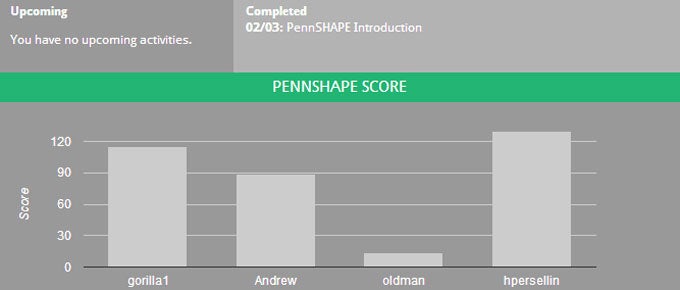SHAPE UP

Publications
Research Summary
Sedentary lifestyle is an escalating national and global epidemic that has commanded increasing attention from health care professionals and social scientists. Paradoxically, the advent of the Internet and social media may be both an explanatory factor in this epidemic, and a potential solution. The use of the Internet and social media has become an increasingly common sedentary behavior particularly among young adults. Meanwhile, the combination of two core functionalities, broadcasting informational motivational messages and providing social influence, makes social media a promising intervention platform to increase physical activity. Although a large number of health providers and entrepreneurs have attempted to use social media as a strategic tool to promote health and fitness, previous interventions have been inconclusive regarding both the actual effects and the theoretical explanation. We conducted a randomized controlled trial to determine whether broadcasting messages or providing social influence increased physical activity and if so, which factor had a stronger effect.

We conducted a 12-week physical activity intervention program called PennSHAPE for graduate students at a northeastern university, in which participants competed to win prize for participating in physical activity workshops and improving health and fitness. The program consisted in semester-long series of workshops offered through the University Department of Recreation and Health Services. We built an online infrastructure for the program and randomly assigned participants to three experiment conditions that test the effects of broadcasting informational motivational messages and providing social influence through reporting other participants’ activities on actual workshop enrollment and attendance over 12 weeks.
Funding
Research on this project is supported under National Cancer Institute of the National Institutes of Health Award Number P20CA095856, and by an Annenberg Seed Grant to PI Damon Centola. The content is solely the responsibility of the authors and does not necessarily represent the official views of the National Institutes of Health.
